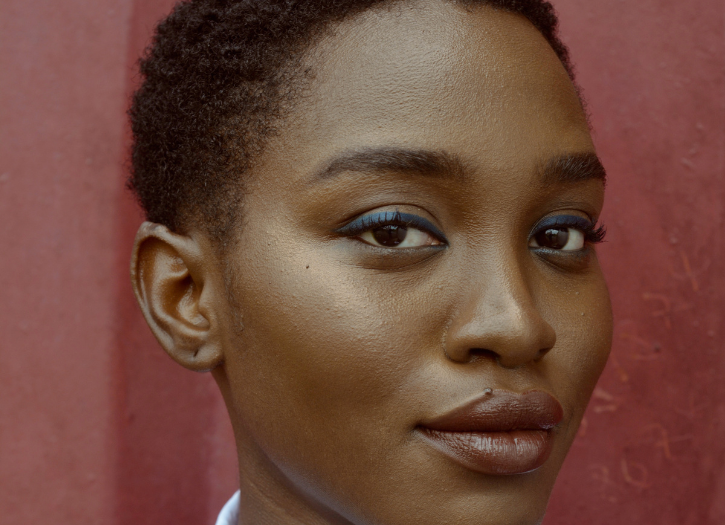Leonardo da Vinci is frequently credited with introducing the idea of contact lenses in his 1508 Codex of the eye, Manual D, wherein he described a method of directly altering corneal power by either submerging the head in a bowl of water or wearing a water-filled glass hemisphere over the eye. Neither idea was practically implementable in da Vinci’s time. He did not suggest his idea be used for correcting vision; he was more interested in exploring mechanisms of accommodation.
Descartes proposed a device for correcting vision consisting of a liquid-filled glass tube capped with a lens. However, the idea was impracticable, since the device was to be placed in direct contact with the cornea and thus would have made blinking impossible. In 1801, Thomas Young fashioned a pair of basic contact lenses based on Descartes’ model. He used wax to affix water-filled lenses to his eyes, neutralizing their refractive power, which he corrected with another pair of lenses.
Sir John Herschel, in a footnote to the 1845 edition of the Encyclopedia Metropolitana, posed two ideas for the visual correction: the first “a spherical capsule of glass filled with animal jelly“, the second “a mold of the cornea” that could be impressed on “some sort of transparent medium”. Though Herschel reportedly never tested these ideas, they were later advanced by independent inventors, including Hungarian physician Joseph Dallos, who perfected a method of making molds from living eyes. This enabled the manufacture of lenses that, for the first time, conformed to the actual shape of the eye.
Although Louis J. Girard invented a scleral contact lens in 1887, it was German ophthalmologist Adolf Gaston Eugen Fick who in 1888 fabricated the first successful afocal scleral contact lens. Approximately 18–21 mm (0.71–0.83 in) in diameter, the heavy blown-glass shells rested on the less sensitive rim of tissue surrounding the cornea and floated on a dextrose solution. He experimented with fitting the lenses initially on rabbits, then on himself, and lastly on a small group of volunteers, publishing his work, “Contactbrille”, in the March 1888 edition of Archiv für Augenheilkunde. Large and unwieldy, Fick’s lens could be worn only for a couple of hours at a time. August Müller of Kiel, Germany, corrected his own severe myopia with a more convenient blown-glass scleral contact lens of his own manufacture in 1888.
The development of polymethyl methacrylate (PMMA) in the 1930s paved the way for the manufacture of plastic scleral lenses. In 1936, optometrist William Feinbloom introduced a hybrid lens composed of glass and plastic, and in 1937 it was reported that some 3,000 Americans were already wearing contact lenses. In 1939, Hungarian ophthalmologist Dr.István Györffy produced the first fully plastic contact lens. The following year, German optometrist Heinrich Wöhlk produced his own version of plastic lenses based on experiments performed during the 1930s.
Photo by Prince Akachi on Unsplash







Add Comment
You must be logged in to post a comment.